6 styles of yoga for a different pace of practice
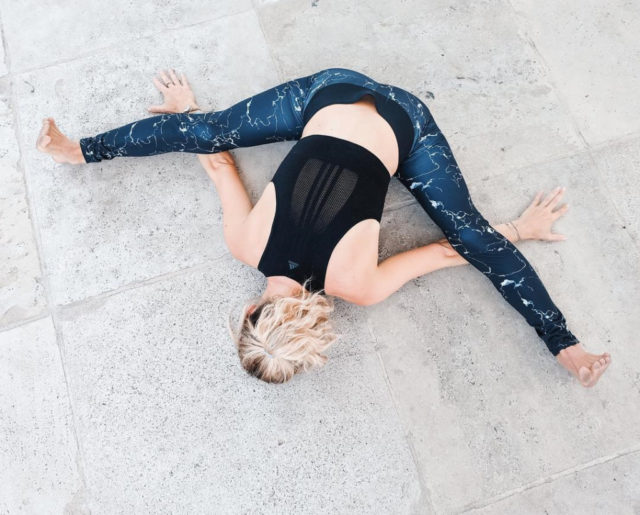
At the heart of each style is a philosophy of leading a happy life and love for everyone. Choose one of six styles that is closer to you in spirit and get to know your body and this philosophy.
Ashtanga Yoga
This is a set of poses that are repeated each time in the same order. Most positions are held for 5 cycles of breathing. This helps to focus and relieve stress.Each student in the class repeats a specific set until the teacher sees the change. Then he gives a new order of asanas, which the student must repeat again.
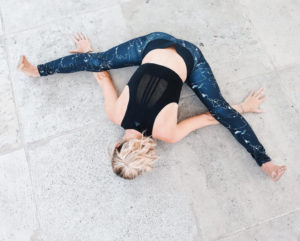
Vinyasa flow
This style preserves the traditions of Hatha Yoga. Its main difference in dynamism is that one asana flows smoothly into another. For transitions between asanas, Chaturanga Dandasana, Adho Mukha Shvanasana, Urdhva Mukha Shvanasana are often used.
During one lesson, students can be presented asanas at different levels. Focus during practice is usually directed to 1-2 parts of the body. Asanas are performed to work out precisely these parts.
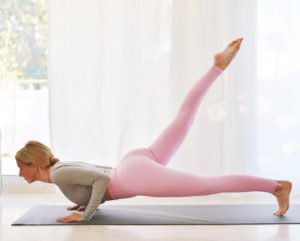
Power yoga
Interval training with elements of Bikram Yoga. Great for weight loss and strength building. This style came from Vinyasa, Ashtanga, and Bikram Yoga. It requires physical training, discipline. It is practiced in rooms with a temperature of 40ºС. Loud music, encouraging the teacher’s words, push-ups, press exercises, lunges – this is how Power Yoga class looks like.
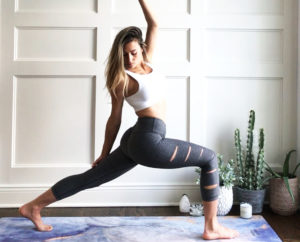
Iyengar Yoga
The style is focused on anatomy and recovery from injuries. Correct detuning of asanas is the basis of classes. Teachers strictly follow this. Each position is held for 5-10 breathing cycles. Special equipment is used to protect damaged parts of the body.
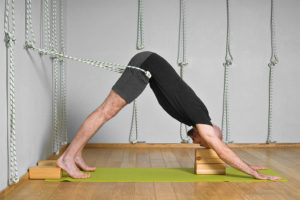
Recovery yoga
This is the kind of Iyengar yoga that he created to relieve pain in students. During these classes, a set of different props is issued. They are necessary for use in difficult situations to relieve stress. Each position is held for a long time so that the parasympathetic nervous system is fully awakened. It relieves pain and relieves stress.
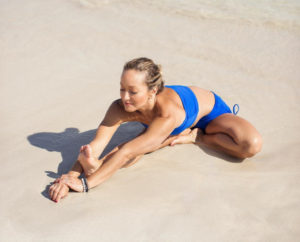
Yin yoga
Great for athletes who need a long stretch. Each pose is held for a long time, which allows you to stimulate flexibility and stretch the fascia of the muscles.
This class can be practiced 1-2 times a week. After intense stretching, the muscles recover for a long time. You should not practice yin yoga before active training.